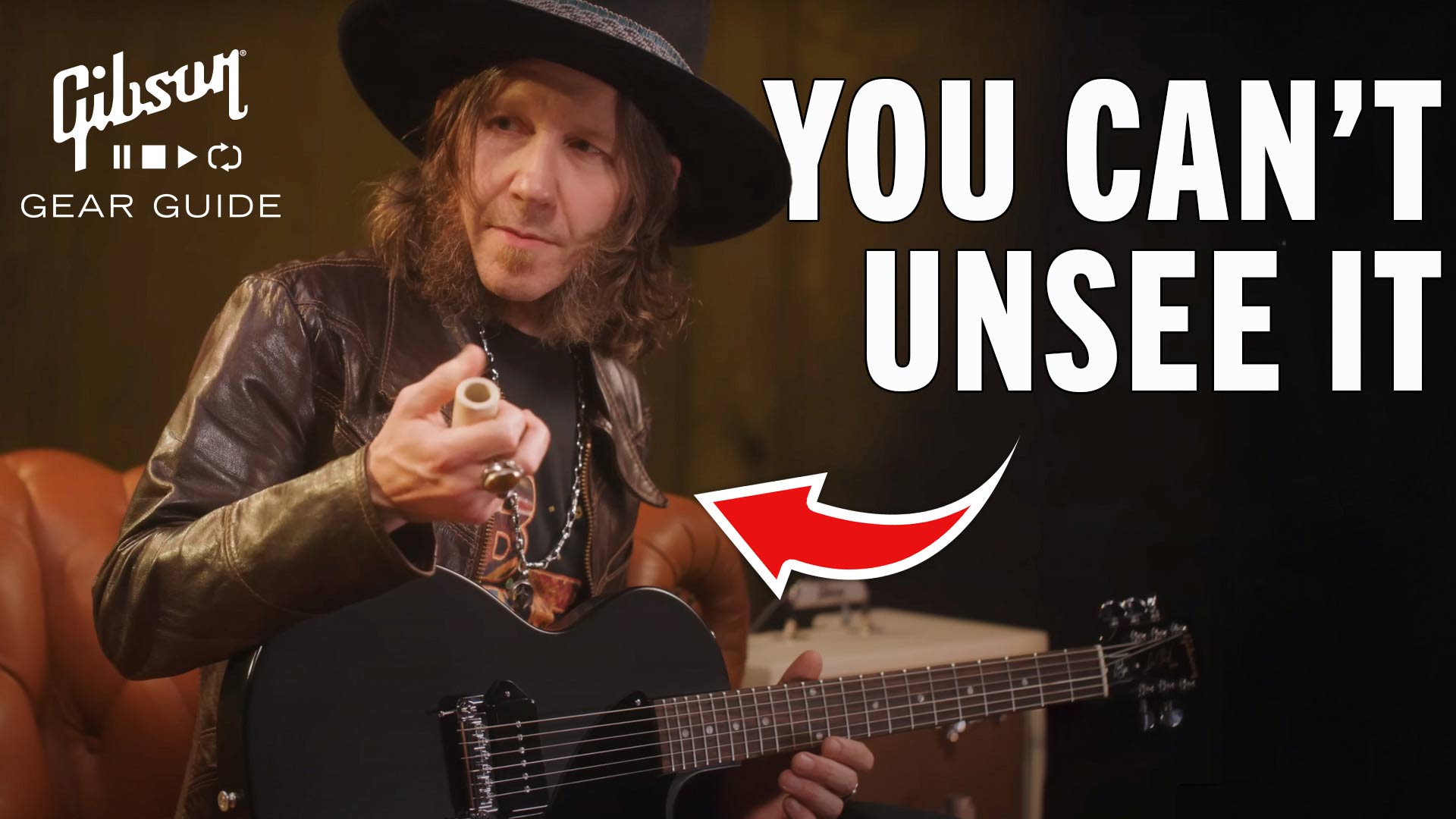These simple but powerful guitar tricks tips will improve your guitar playing in so many different ways
Ever wondered what sets the pro guitarists out there apart? Sometimes, it’s just one guitar trick they’ve learned or developed along the way or a small insight into their guitar heroes that changes the way they approach the guitar forever, which shows up in their own playing, making them instantly recognizable.
In this article, we break down one essential lesson from each of the legendary players featured in the video. From Stevie Ray-style bends from Bon Jovi’s Phil X, Joe Bonamassa’s one blues guitar tip to Southern rock slide guitar swagger from Blackberry Smoke’s Charlie Starr, these are the simple guitar tricks the pros love to use and still use all the time.
Watch the video below and learn some cool guitar tricks!
If you’re watching the video via the Gibson Gazette, here are the timestamps for you:
- 0:00 Phil X’s Stevie Ray Vaughan & Randy Rhoads guitar trick
- 3:07 Charlie Starr’s slide playing trick
- 6:07 Joe Bonamassa’s one essential guitar lesson
- 10:15 Nico Bereciartua (The Black Crowes) reveals his open tuning trick
- 13:40 Sadler Vaden (Jason Isbell and The 400 Unit) on how not to solo
- 17:36 Charlie Starr’s Southern rock guitar lesson
Phil X shows you how to sound like Stevie Ray Vaughan and Randy Rhoads
Phil X’s prowess on the guitar is widely known, along with his infectious personality and his exceptional knowledge of how other guitarists like Eddie Van Halen, Stevie Ray Vaughan, and Randy Rhoads got their signature styles.
Watch as Phil X shows Dinesh Lekhraj from the Gibson Gear Guide an essential guitar trick that shows you how to take inspiration from your heroes without copying them.
Phil X on how to sound like Stevie Ray Vaughan
In the video, he breaks down how Stevie Ray Vaughan’s signature overbends and flat-five runs helped him rethink the fretboard. But instead of just mimicking those licks, Phil explains how to twist them into something personal.
Watch as he shows you how Stevie Ray would take the flat five from a B minor pentatonic and insert it into E. Then, Phil flips it, bouncing between B and E with that same flat five trick, creating something that sounds wild but totally his own.
Phil X on how to sound like Randy Rhoads
He also dives into a classic Randy Rhoads move, taking a simple scale and adding a small tweak, like turning a major 6 into a minor 6. It’s these tiny shifts, Phil says, that build a signature sound. “Good songwriters borrow, great songwriters steal,” he says. “But disguising it? That’s the real trick.”
What is Phil X’s essential guitar tip?
Whether it’s sounding like Stevie Ray Vaughan or Randy Rhoads, Phil’s tip is this: learn what makes your heroes sound great, then disguise it just enough to make it yours. That’s how you make your own signature guitar sound, by blending sections of what you like into your own playing.
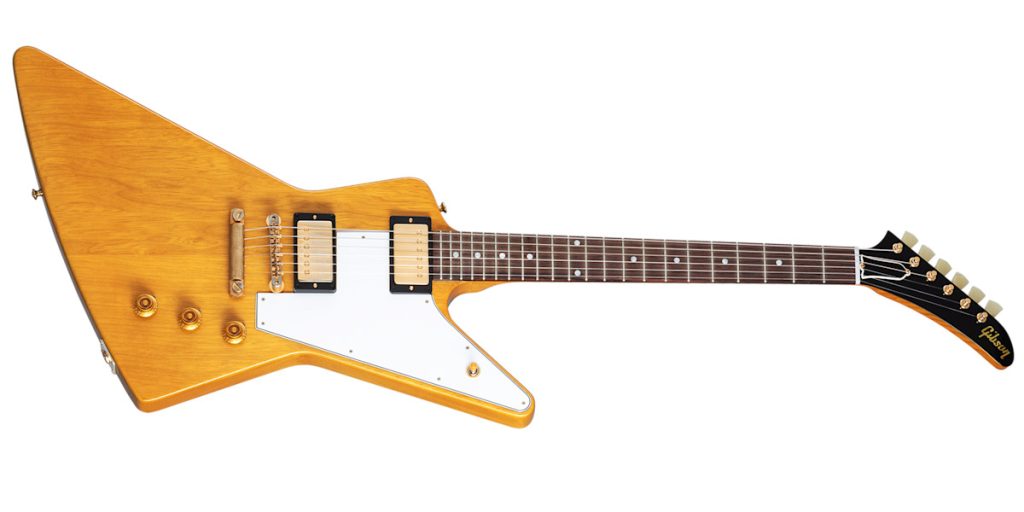
Phil X is playing a Gibson Custom Shop 1958 Korina Explorer™ Reissue (White Pickguard) in Natural.
Charlie Starr shows you how to play slide guitar with attack and feel
Watch as Charlie Starr shows us his go-to guitar trick, which is slide playing with weight, muting, and attack that gets you that perfect balance of slide and lead guitar tone. In the video, he walks us through the real-world slide techniques he learned from players like Rick Richards and Lowell George, guys who weren’t just using their fingers but adding punch with a pick.
How Charlie Starr plays slide guitar to get the Blackberry Smoke sound
Charlie explains how using a pick while sliding (and hybrid picking with his fingers) gave him a louder, more defined tone, something he couldn’t quite get with his fingers alone. Watch as he shows you the importance of muting the strings, using the heel of your hand and index finger to control string noise and create cleaner slide lines.
These days, Charlie uses tunings such as open G, open E, and standard tuning, depending on the song. His go-to slide? A heavier ceramic one, for a warmer, thicker tone. “Derek Trucks uses a light glass slide, and he’s an alien. I like weight; it’s warmer,” he says.
Whether you’re switching tunings on the fly or experimenting with hybrid picking, Charlie’s trick is to treat slide guitar as a feel-first tool, not just a flashy technique. It’s about tone, texture, and attitude.

Charlie is playing his Charlie Starr Les Paul Jr. signature model, which is unfortunately sold out right now.
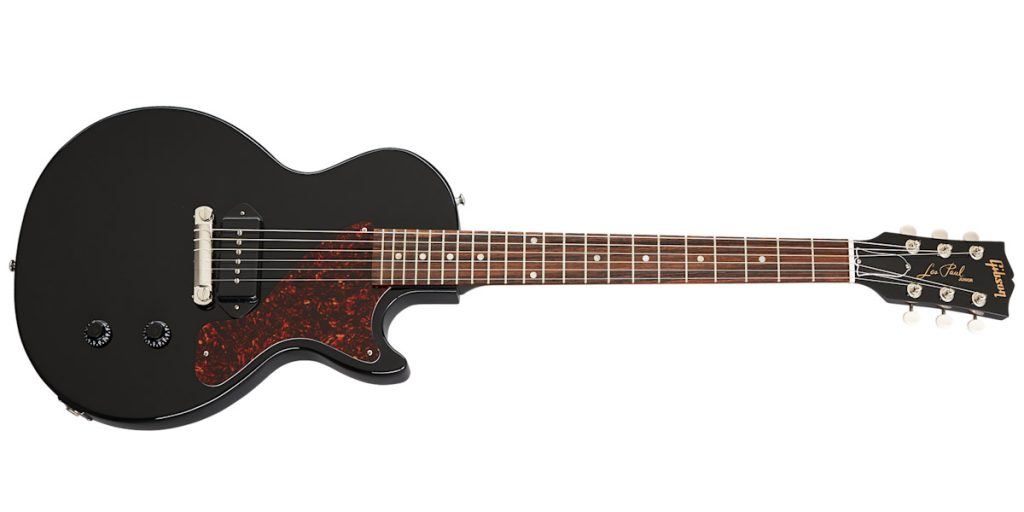
Still want that iconic Junior sound? Check out the Gibson Les Paul™ Junior.
Joe Bonamassa on how to break out of the pentatonic box when playing lead guitar
Joe Bonamassa’s one essential guitar lesson? Learn the entire fingerboard, not just one shape in one key, which is the best way to get out of the pentatonic solo box we as guitarists sometimes get stuck in.
In the video, watch as Joe takes the first pentatonic box and shows how to break free from it by learning how to play the same lick in different positions across the neck. It’s not just about knowing where the notes are, it’s about unlocking multiple launchpads that give you new directions to move your phrases.
What’s Joe Bonamassa’s one guitar tip?
Joe Bonamassa explains how learning the fretboard gives you a type of modal dexterity, so you’re not stuck repeating the same runs when playing guitar lead lines. Whether you’re throwing in a bit of Lydian flavour or pivoting between phrasing styles, Joe’s tip is to stop thinking of scales as shapes and start thinking of them as musical ideas that live all over the neck: “If you’re thinking in real time, you’re already too late. You need those launchpads ready to go.”
Joe’s insight also touches on instinct, knowing when to rub a note, when to resolve it, and how to make even the simplest lick sound Grammy®-worthy!

Joe Bonamassa is playing a Gibson Murphy Lab Les Paul.
Nico Bereciartua shows you how to unlock inspiration with open tunings and slide guitar
Nico Bereciartua’s trick isn’t just about technique; it’s about getting unstuck. In the video, he reveals how open tunings helped him rediscover the guitar when everything started sounding the same.
Watch as Nico Bereciartua starts with open D but explains how open tunings in general, like those used by Elmore James, Nick Drake, Joni Mitchell, and the tunings he uses in The Black Crowes, offer new sonic landscapes that can reignite your creativity. Whether he’s playing slide or just writing at home, open tunings give Nico access to drone-like harmonies, open-string textures, and unexpected chord voicings.
What is Nico Bereciartua’s one guitar trick?
What makes Nico’s approach so helpful is how simple it is for anyone to pick up and start using slide and open tunings. Watch as he shows two basic movable shapes for open D that let you instantly start writing or improvising; no music theory required.
“It’s not about being technical. It’s just about having fun and finding something fresh.”
Nico’s tip: If you’re bored with your playing, tune your guitar differently. The guitar will feel new again, and that might be all you need to write something great.
Nico & Dinesh are playing Gibson Murphy Lab acoustic guitars.
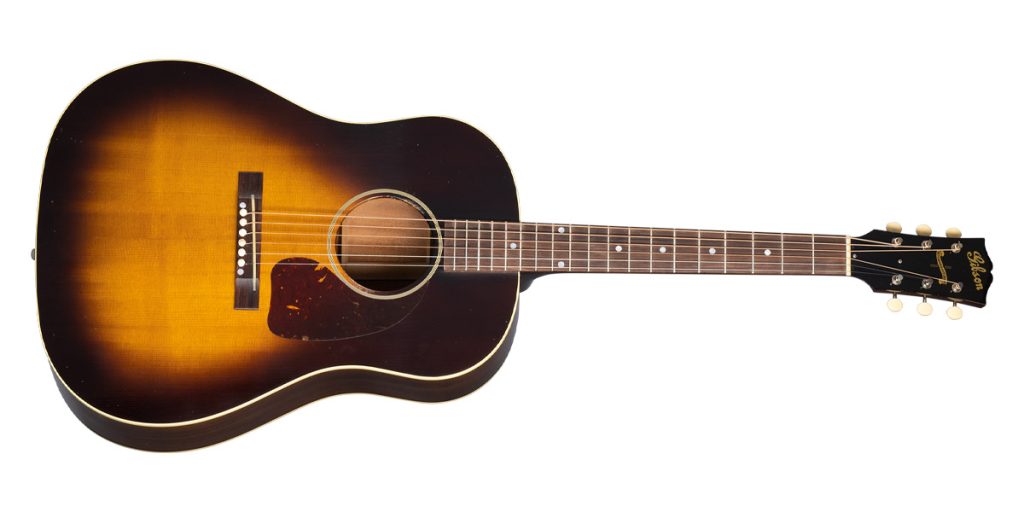
Nico is playing a Gibson 1942 Banner J-45™ Light Aged.
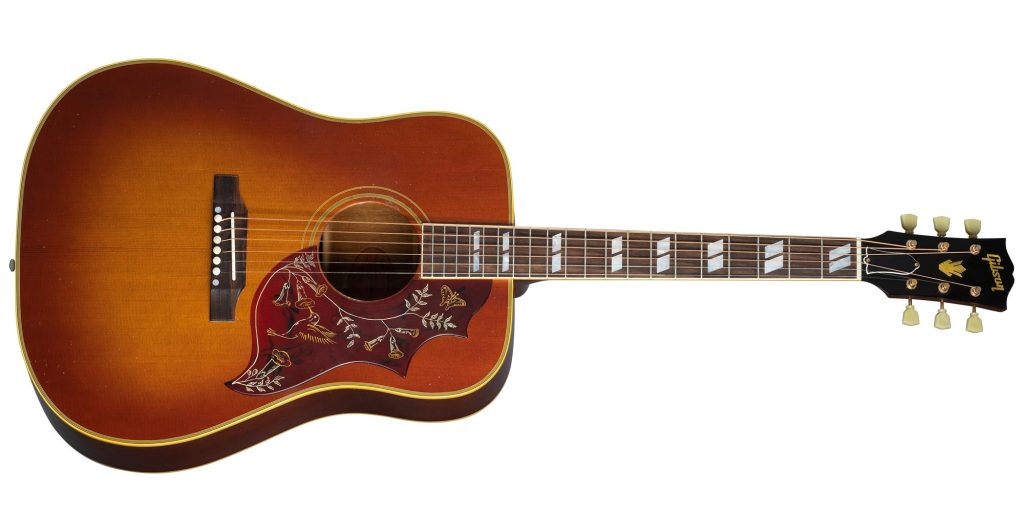
Dinesh is playing a Gibson 1960 Hummingbird™ Light Aged.
Sadler Vaden shows you how not to solo (and still sound amazing)
Sadler Vaden of Jason Isbell and The 400 Unit’s essential guitar trick isn’t a solo; it’s knowing when not to play one. In the video, he walks through how to build a guitar part that supports the song instead of fighting it, using taste and instinct instead of flashy runs that serve the song, showcasing how to be a good rhythm guitar player, and showcasing why he’s so revered in Jason’s band.
He demonstrates how choosing just a few notes from a chord, playing in the spaces, and letting the part breathe can do more for a track than a full solo ever could. By focusing on counter-melodies and subtle rhythms, Sadler builds parts that make room for vocals, fit the vibe, and keep the groove alive.
Even better? He builds these parts collaboratively. Whether it’s bouncing ideas around in a studio session or layering over a looper at home, Sadler’s trick is to start simple, listen closely, and leave space for something magical to happen.
“It’s not about showing off,” he says. “It’s about finding the part, then letting the song lead you.” His laid-back, instinctive approach shows that playing fewer notes, at just the right time, might be the most powerful move you can make.

Sadler Vaden is playing a Gibson SG™. Pictured: the Gibson SG Standard in Dark Walnut.
Final thoughts: Simple tricks, serious impact
Whether it’s Phil X transforming a borrowed lick, Charlie Starr digging into slide tones with hybrid picking, or Joe Bonamassa escaping the pentatonic trap, every one of these players proves that it only takes one idea to push your playing forward into new territory and unlock parts of the fretboard you may not use a lot. These aren’t just party tricks; they’re the kind of moves that reshape how you think about the guitar.
So next time you pick up your instrument, try one of these pro guitar tricks. Explore a new tuning. Slide into a phrase differently. Break the rules, bend the notes, and above all, make it your own, just like Phil X says!
Because as these artists show, it’s not about how many notes you can play or how fast you can shred. The real guitar trick is about finding the right notes to play, and saying something that’s truly yours using your own unique playing style.

